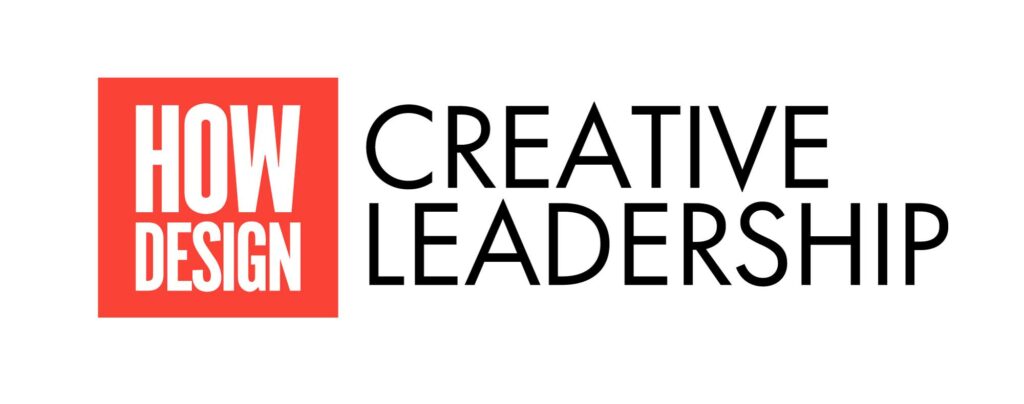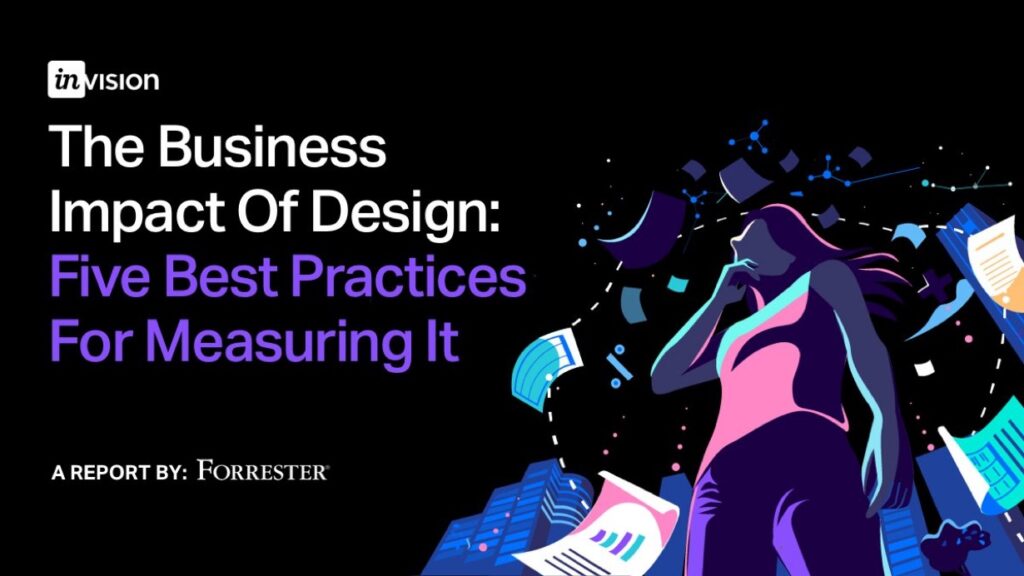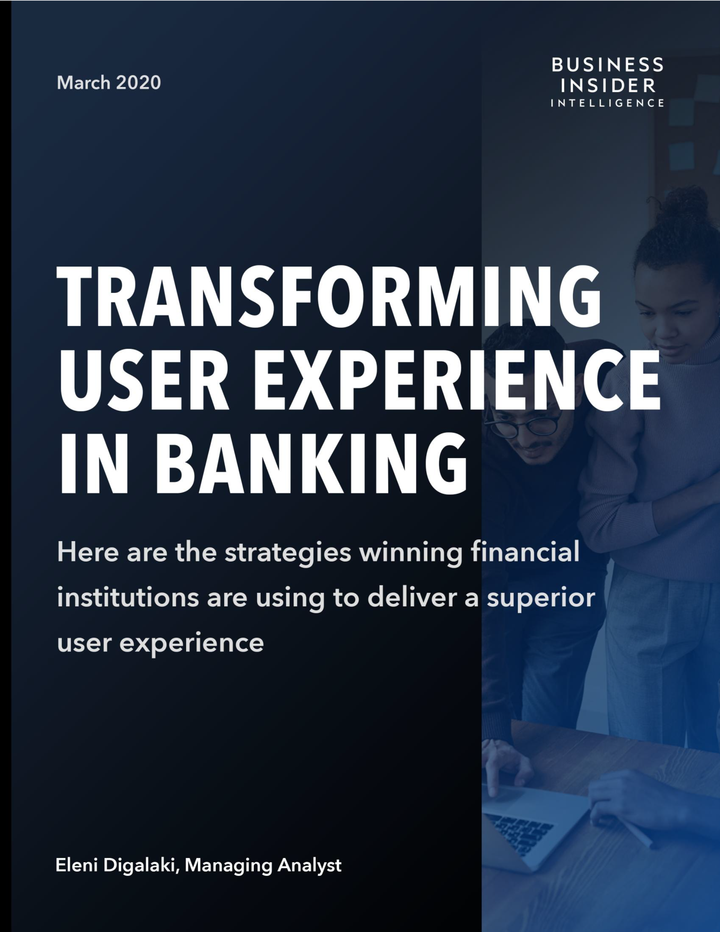
I’m excited to join an awesome lineup at the HOW Design Creative Leadership Summit — focusing on emerging challenges faced by leaders in design, product, and engineering. Increase your impact by becoming an in-house intrapreneur and staying creative, productive, and sane as a leader in our new remote world.
I’ll be joined on the virtual stage with Maureen Carter (she, her, hers), Ryan Rumsey, Arianna Orland, Rania Svoronou, Chris Wilkinson, Felix Lee, Dan Mall, and Stephen Gates, sharing insights and approaches on how to lead teams to get results.
In my talk “Leading Innovation: Making Design Your Competitive Advantage”, I’ll share insights and frameworks of how to spearhead design-driven culture, followed by a 30-min Q+A.




